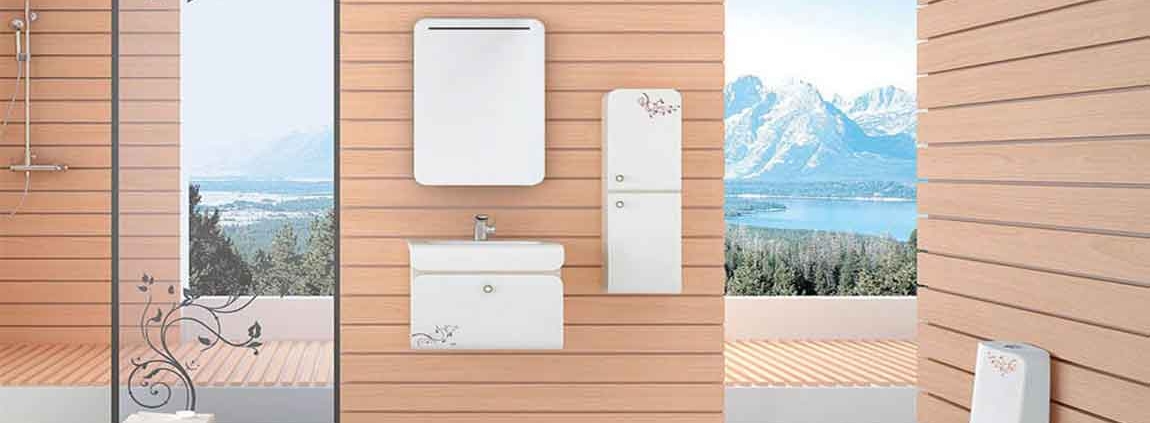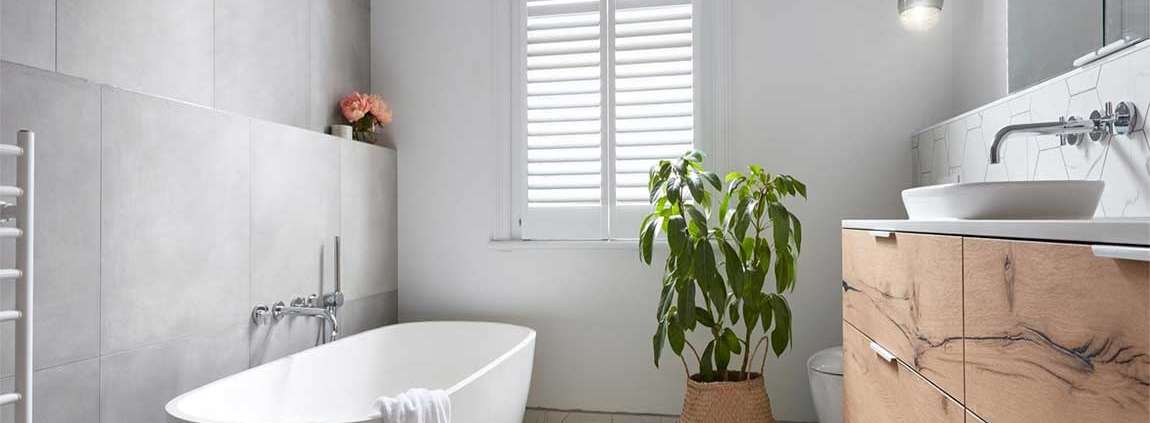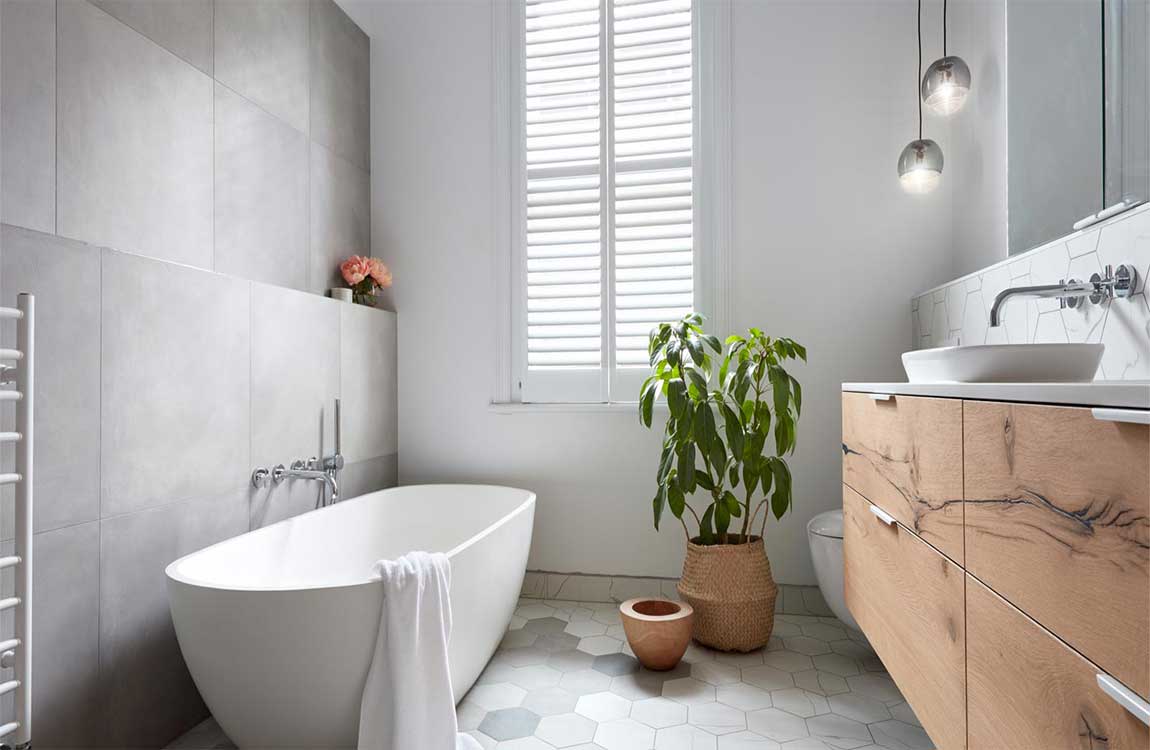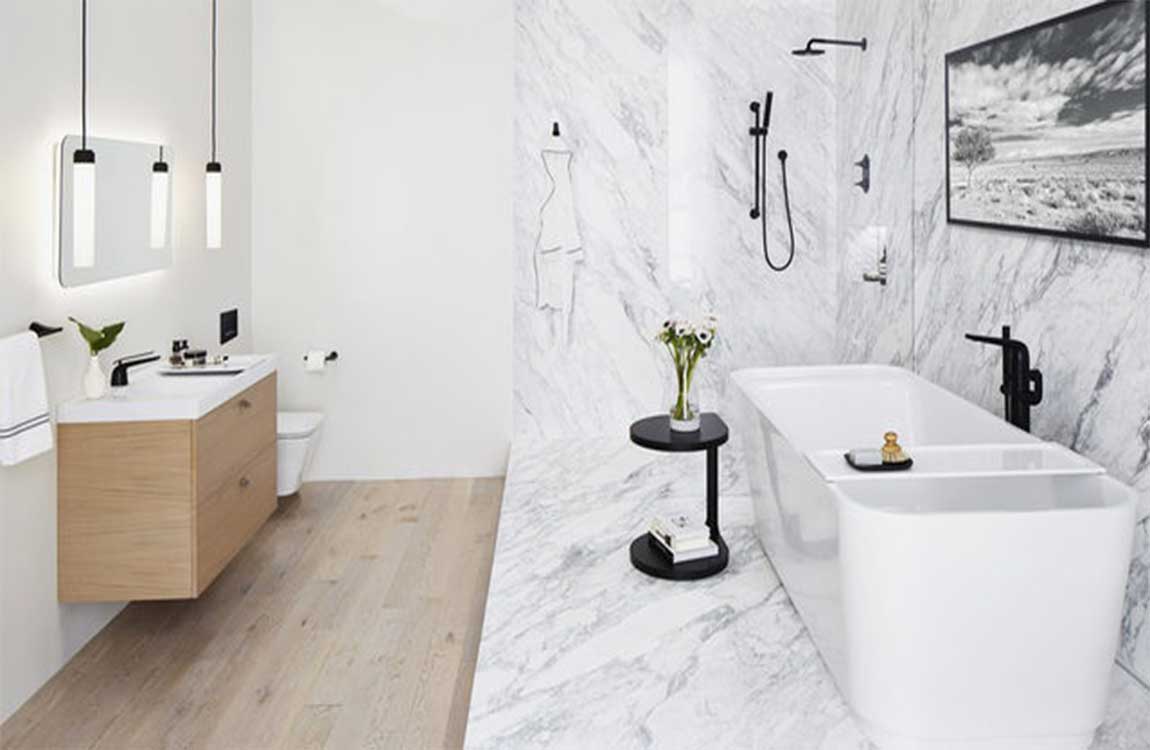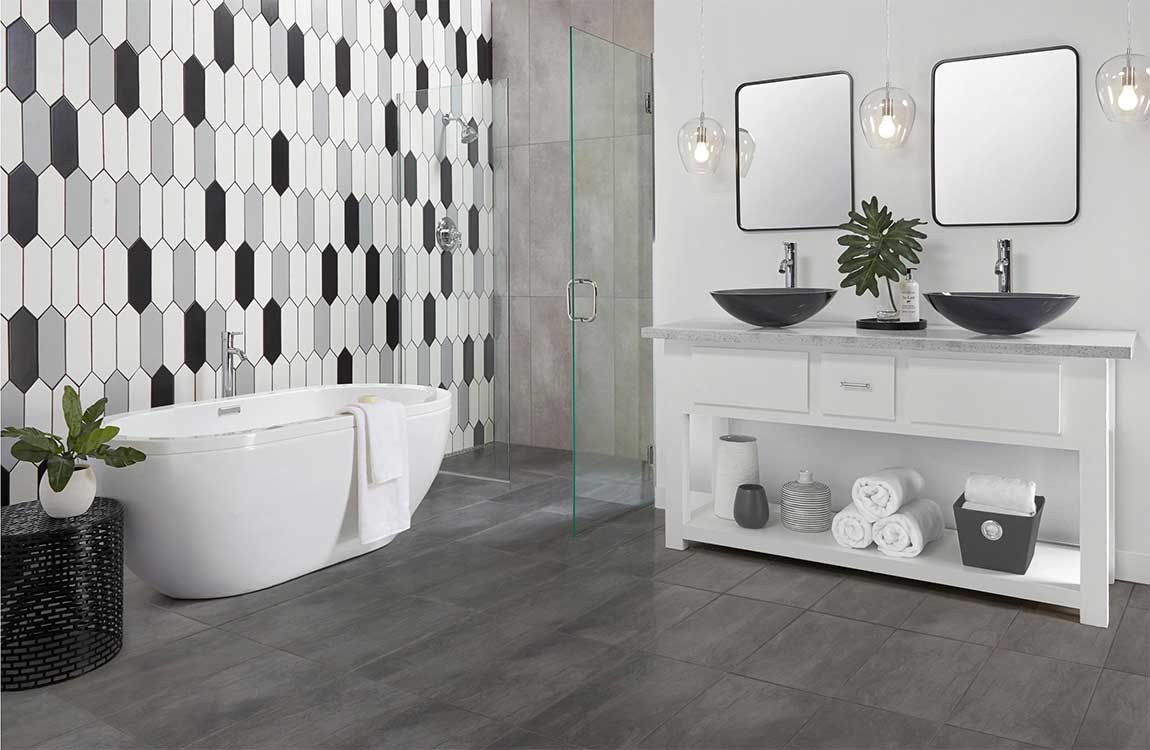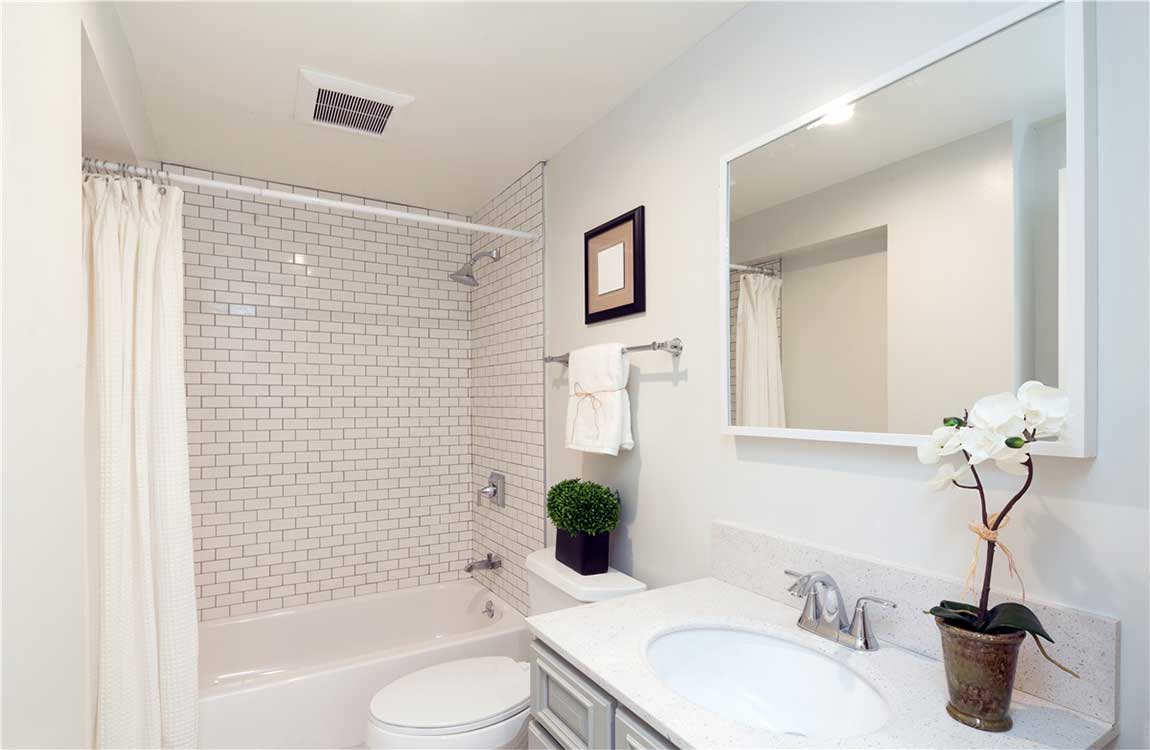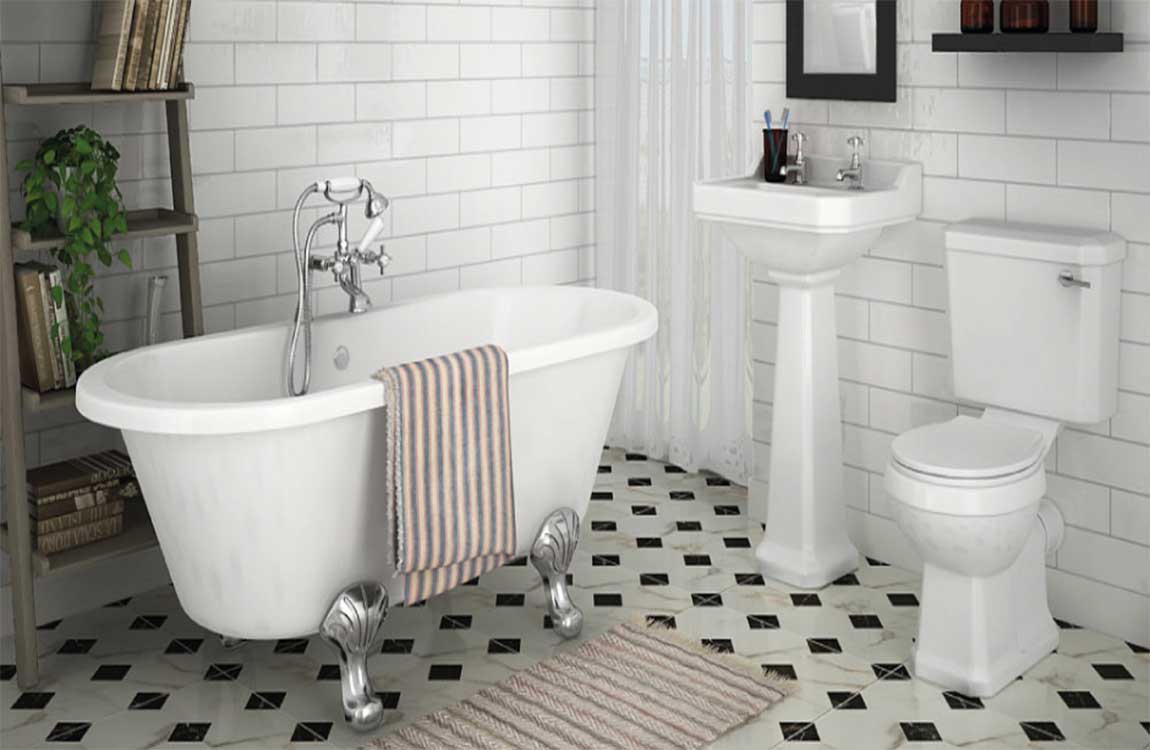How Replacing Parts?
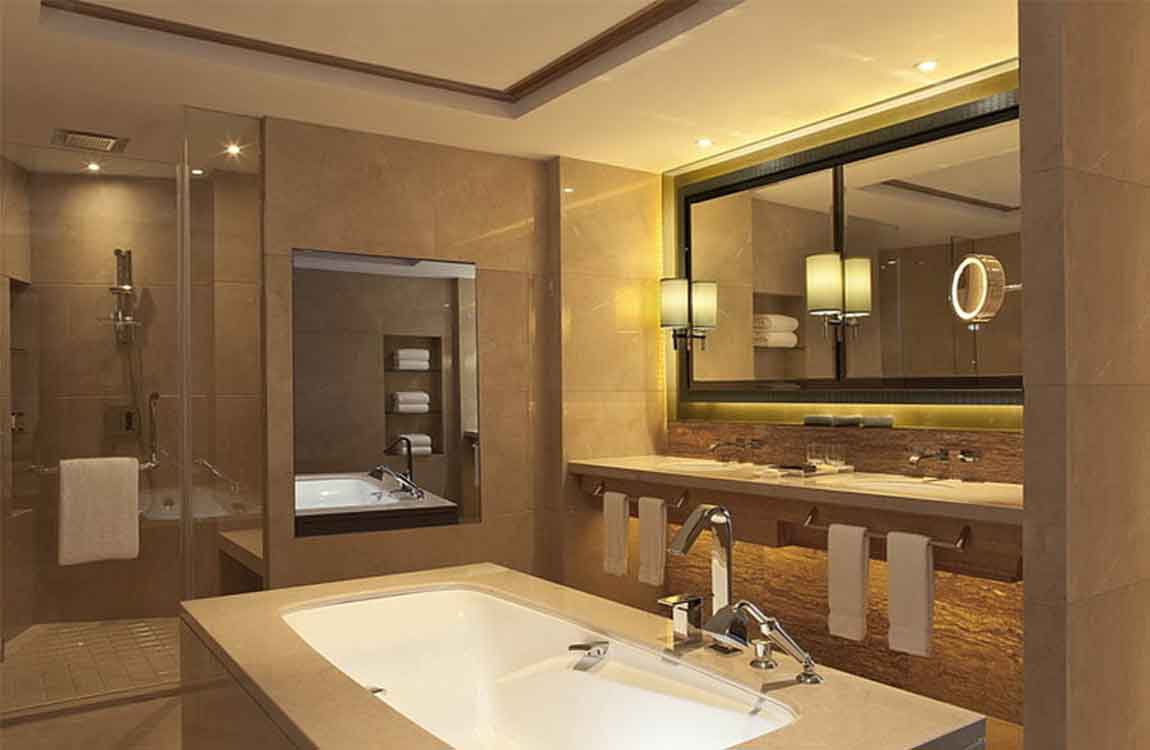
Identify faulty parts. Look at the parts you have just removed. You must find the part to replace. The best way to ensure you will fix the leak is to fix all the wearable parts on both hot and cold faucet valves. Locate replacement parts. Take your old parts to a hardware store or home center.
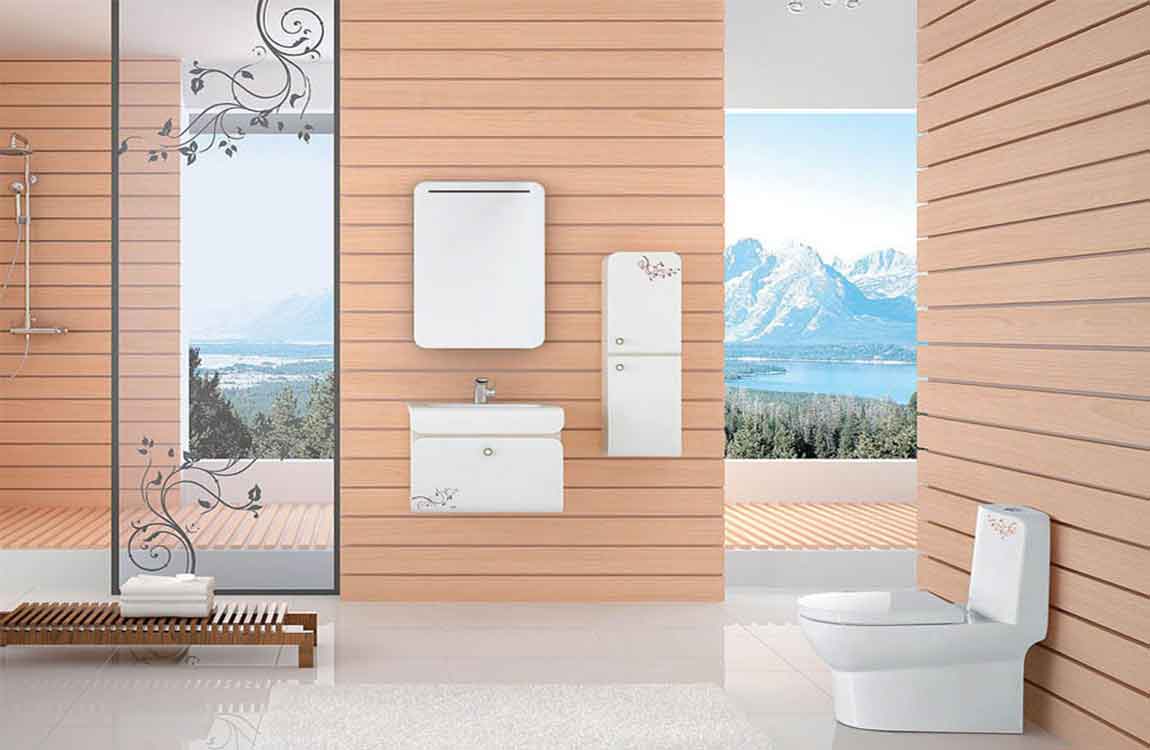
Since there are thousands of replacement parts available, bringing your old parts with you will ensure you purchase the correct replacements. In some cases, the parts may need to be purchased from a plumbing supplies distributor. Replace parts inside the stem bonnet first. You can replace the washers or the entire stem and bonnet portion of the faucet.
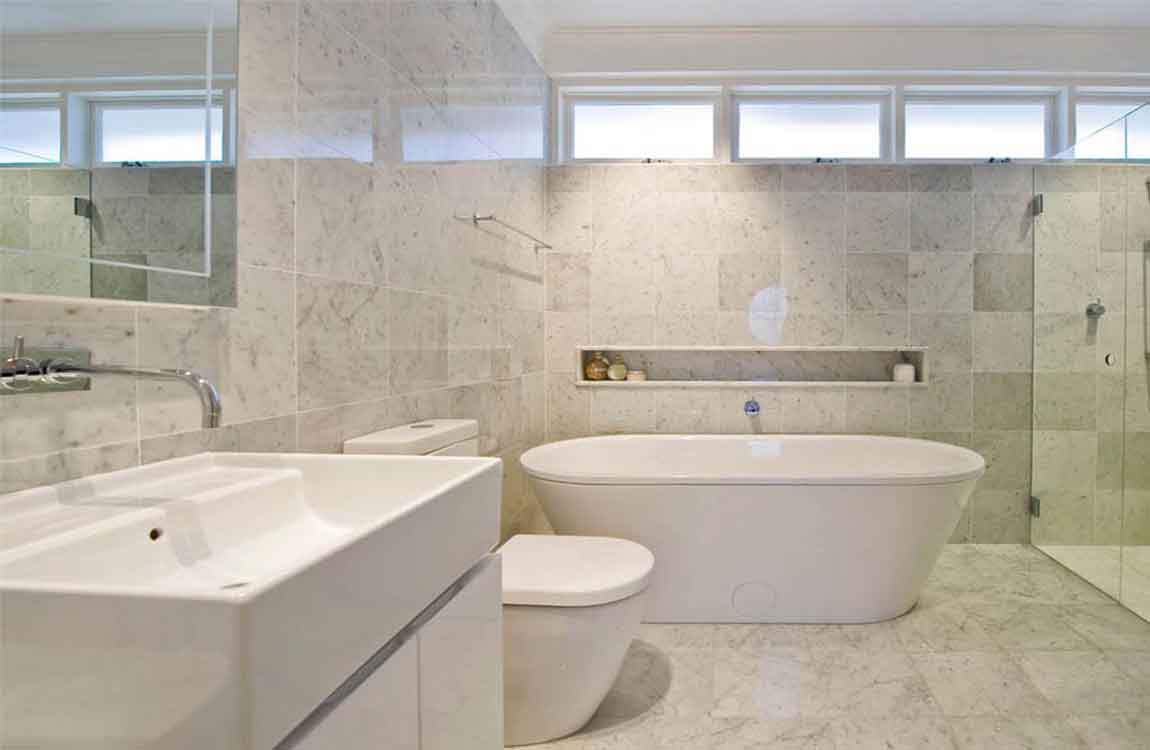
Grease each new part with plumber’s grease before screwing it back on. Replace the seat washer. Unscrew the seat washer screw at the back of the seat. Peel off the rubber seat washer. Replace the seat washer screw and the seat washer after greasing them. Screw the seat back into place with the seat wrench. Tighten it with your hand. It should be tightly sealed but easy to remove by hand.
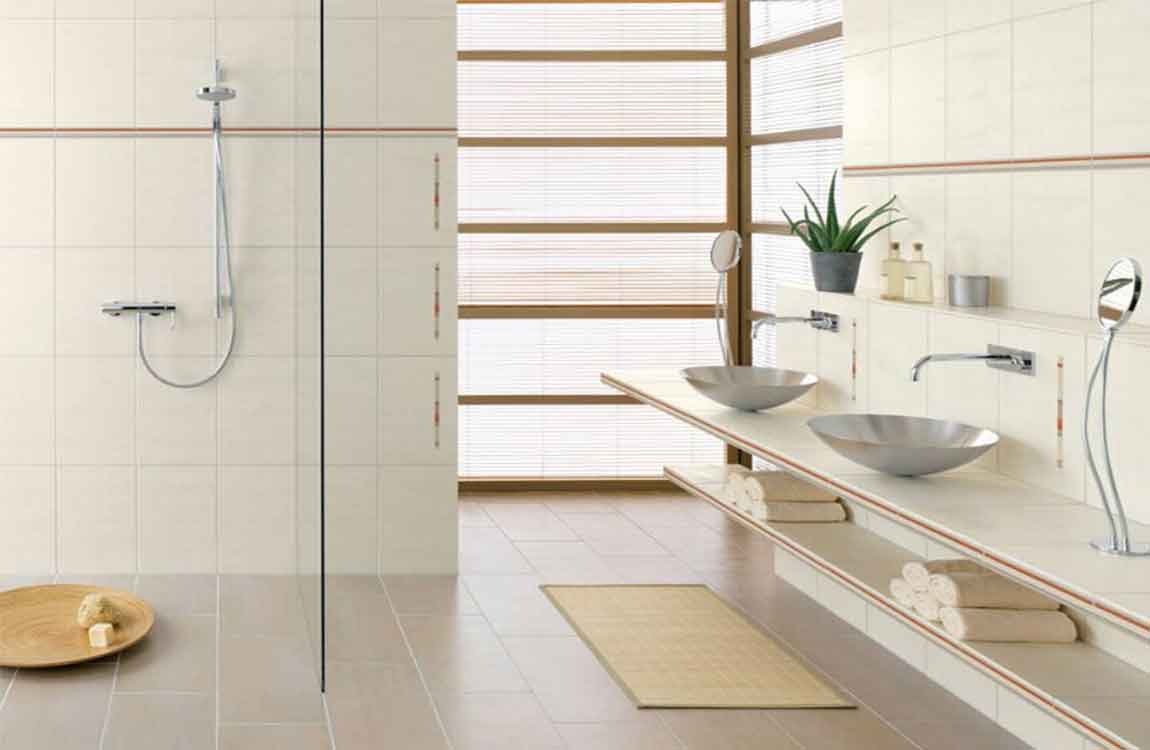
Replace the bonnet washer. Remove the bonnet washer from the end of the bonnet. Grease it and replace it on the bonnet. Replace the packing nut. Remove the packing nut in the middle of the stem bonnet. Pry the rubber-packing washer from the nut with a flat-headed screwdriver. Grease the stem threads on the front of the stem and insert it into the bonnet.
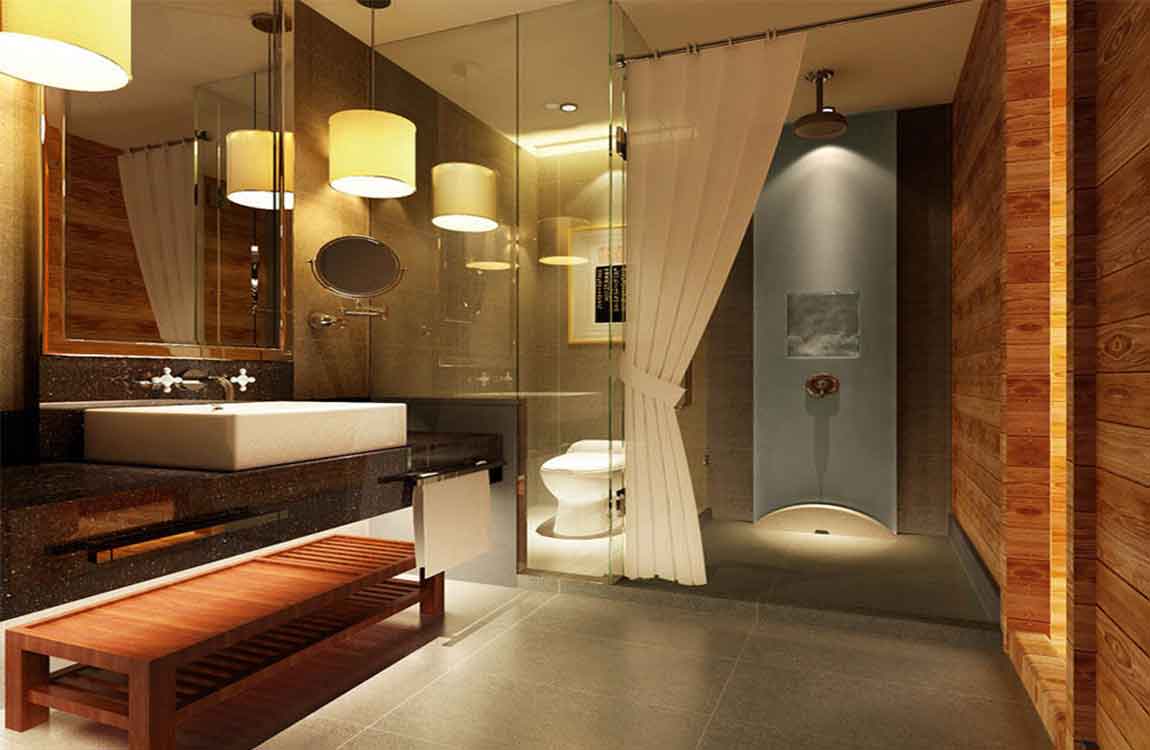
Replace the packing washer. Grease your new packing washer and place it in front of the greased packing nut. Replace the bonnet. Apply some pipe joint compound to the threads in your bonnet. Insert the bonnet and tighten it with your bath socket wrench or vice grip. Replace the collar, faucet trim, faucet handle, faucet screw and faucet insert. Repeat on the other side to replace parts in the opposite handle.

